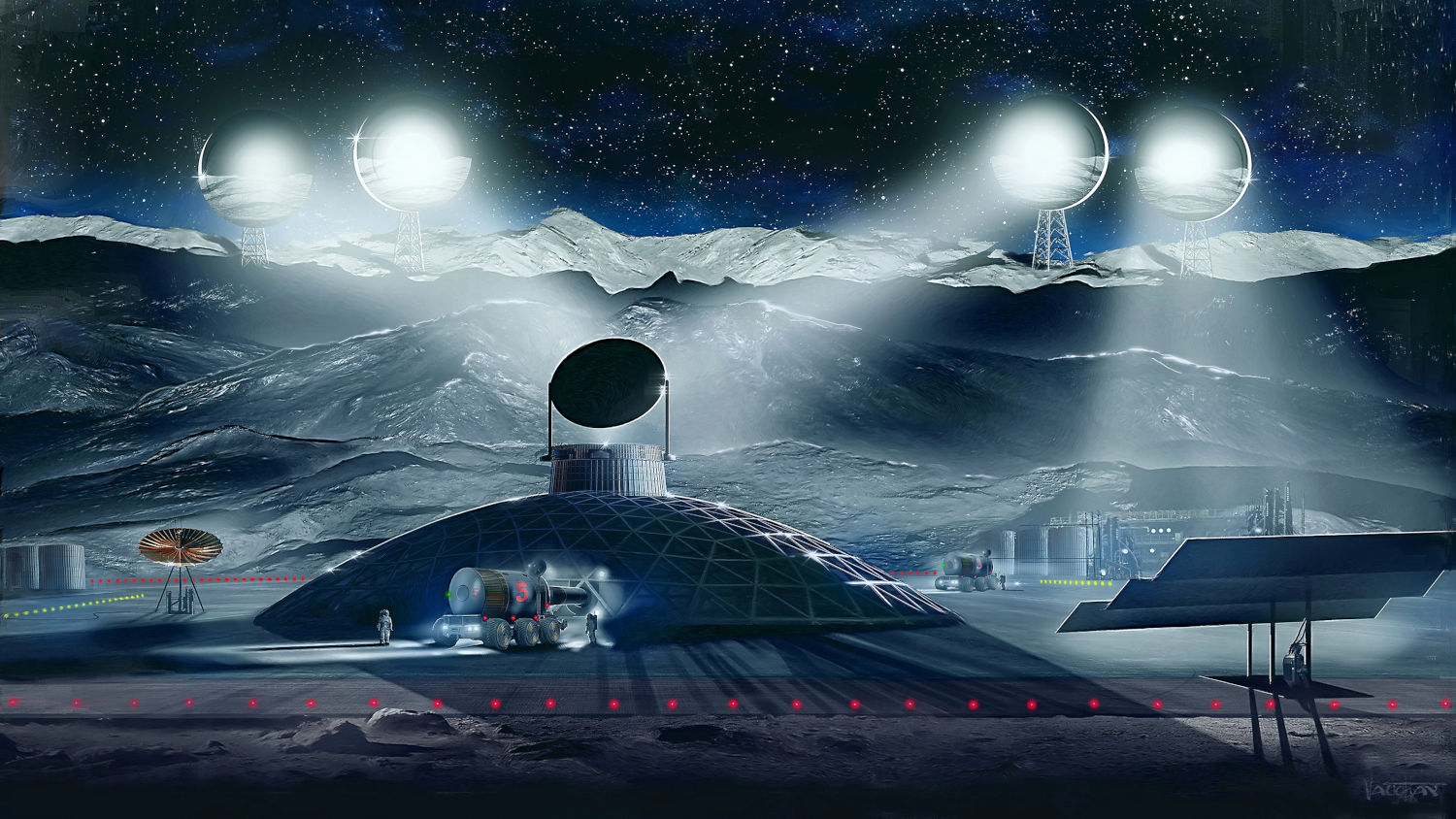Reaching the Sun: NASA’s Bold Mission with the Parker Solar Probe
NASA’s Parker Solar Probe has achieved a historic milestone by flying just 3.8 million miles above the surface of the Sun, breaking its previous record. During this remarkable encounter, the spacecraft traveled at an unprecedented speed of 430,000 miles per hour, making it the fastest human-made object ever. The probe’s journey through the solar atmosphere took place with success, as confirmed by a beacon tone received on December 26, signaling that the spacecraft made it through safely and is operating normally.
This encounter marks the first of several planned passes at such a close distance to the Sun. These upcoming missions will allow the Parker Solar Probe to perform groundbreaking scientific measurements, potentially revolutionizing our understanding of the Sun’s behavior and its impact on the solar system.
NASA’s Parker Solar Probe is an incredible feat of engineering and science, designed to explore the Sun like never before. Launched on August 12, 2018, this spacecraft is on a mission to gather unprecedented data about the Sun’s atmosphere and its influence on the solar system, with particular emphasis on understanding the solar wind, coronal heating, and the solar magnetic fields. The probe’s recent close approach, flying just 3.8 million miles above the Sun’s surface, marks the closest any spacecraft has ever come to our star.
Building the Parker Solar Probe
Building a spacecraft capable of withstanding the extreme conditions near the Sun required innovative engineering. The Parker Solar Probe had to endure immense heat, radiation, and pressure, which led to the development of specialized technologies:
- Thermal Protection: The spacecraft is equipped with a state-of-the-art thermal shield made of carbon-composite materials. This shield, called the Carbon-Carbon (CC) heat shield, is about 4.5 inches thick and designed to withstand temperatures exceeding 2,500°F (1,377°C). This allows the spacecraft’s instruments to remain at a stable temperature of around 85°F (29°C).
- High-Speed Travel: The Parker Solar Probe travels at astonishing speeds, reaching 430,000 miles per hour (700,000 kilometers per hour) at its closest approach to the Sun. This speed allows the probe to cover vast distances in a short time and helps it to gather data quickly from the Sun’s outer atmosphere, or corona.
- Radiation Shielding: The spacecraft also features advanced radiation shielding to protect its sensitive instruments from the Sun’s intense radiation, which could otherwise damage or distort the data collected.
- Instruments: The probe carries four cutting-edge instruments designed to measure the solar wind, magnetic fields, and the properties of the corona. These instruments include:
- WISPR (Wide-Field Imager for Parker Solar Probe): Captures images of the solar wind and outer corona.
- FIELDS: Measures the magnetic fields in the Sun’s atmosphere.
- SWEAP (Solar Wind Electrons Alphas and Protons): Studies the solar wind’s particles.
- ISʘIS (Integrated Science Investigation of the Sun): Measures the energetic particles from the Sun.
Main Motive of the Mission
The Parker Solar Probe is primarily focused on solving long-standing mysteries about the Sun and its behavior. Specifically, the mission has four key scientific goals:
- Understanding the Solar Wind: The Sun emits a continuous stream of charged particles known as the solar wind, which can affect planets and space weather. Despite decades of study, scientists still don’t fully understand why the solar wind is so hot and why it speeds up as it travels away from the Sun. The Parker Solar Probe is collecting data to address these questions, particularly by studying the transition of solar wind from the Sun’s corona into interplanetary space.
- Coronal Heating: One of the greatest mysteries in solar physics is why the corona (the Sun’s outer atmosphere) is much hotter than the surface of the Sun itself. While the surface temperature is around 10,000°F (5,500°C), the corona reaches temperatures in the millions of degrees. Parker’s close-up observations will help scientists understand the mechanisms behind this coronal heating, which is essential for understanding the Sun’s behavior.
- Magnetic Fields and Space Weather: The Sun’s magnetic fields play a central role in the solar wind and in phenomena like solar flares and coronal mass ejections (CMEs). These energetic bursts of charged particles can affect satellites, astronauts, and even power grids on Earth. By studying these magnetic fields in greater detail, the Parker Solar Probe aims to improve our ability to predict space weather events and mitigate their potential impacts.
- Solar Energetic Particles: The spacecraft’s instruments are designed to detect high-energy particles, such as protons, electrons, and ions, that are ejected from the Sun during events like solar flares. These particles can pose a hazard to astronauts in space. By studying them in detail, the Parker Solar Probe can improve our understanding of how these particles are accelerated and transported in space.
Implications of the Mission
The data collected by the Parker Solar Probe will be vital for advancing our understanding of the Sun and its influence on the entire solar system. Scientists hope that the mission will lead to several breakthroughs, including:
- Improved Space Weather Forecasting: With more detailed information about the Sun’s behavior, we can better predict solar storms and their effects on Earth.
- Better Understanding of Solar Activity: By revealing the mysteries of coronal heating and solar wind acceleration, the probe’s data could help scientists refine models of solar physics.
- Enhancing Astronaut Safety: With insights into solar radiation and energetic particles, future space missions, including those beyond Earth’s orbit, could be better prepared to shield astronauts from solar radiation hazards.
Future Encounters
The Parker Solar Probe’s mission is not a one-time event. The spacecraft will continue to make progressively closer passes to the Sun, each time collecting more detailed data and getting nearer to the Sun’s surface. By 2025, it will achieve its closest approach allowing scientists to study the star’s corona with unprecedented clarity.
This mission, named after Dr. Eugene Parker, who first theorized the existence of solar wind in 1958, is already changing the way we think about our Sun. Its findings will help shape future research on solar phenomena and improve our understanding of not only our star but also other stars in the universe.
Read more about the topic: NASA’s Parker Solar Probe Makes History With Closest Pass to Sun




